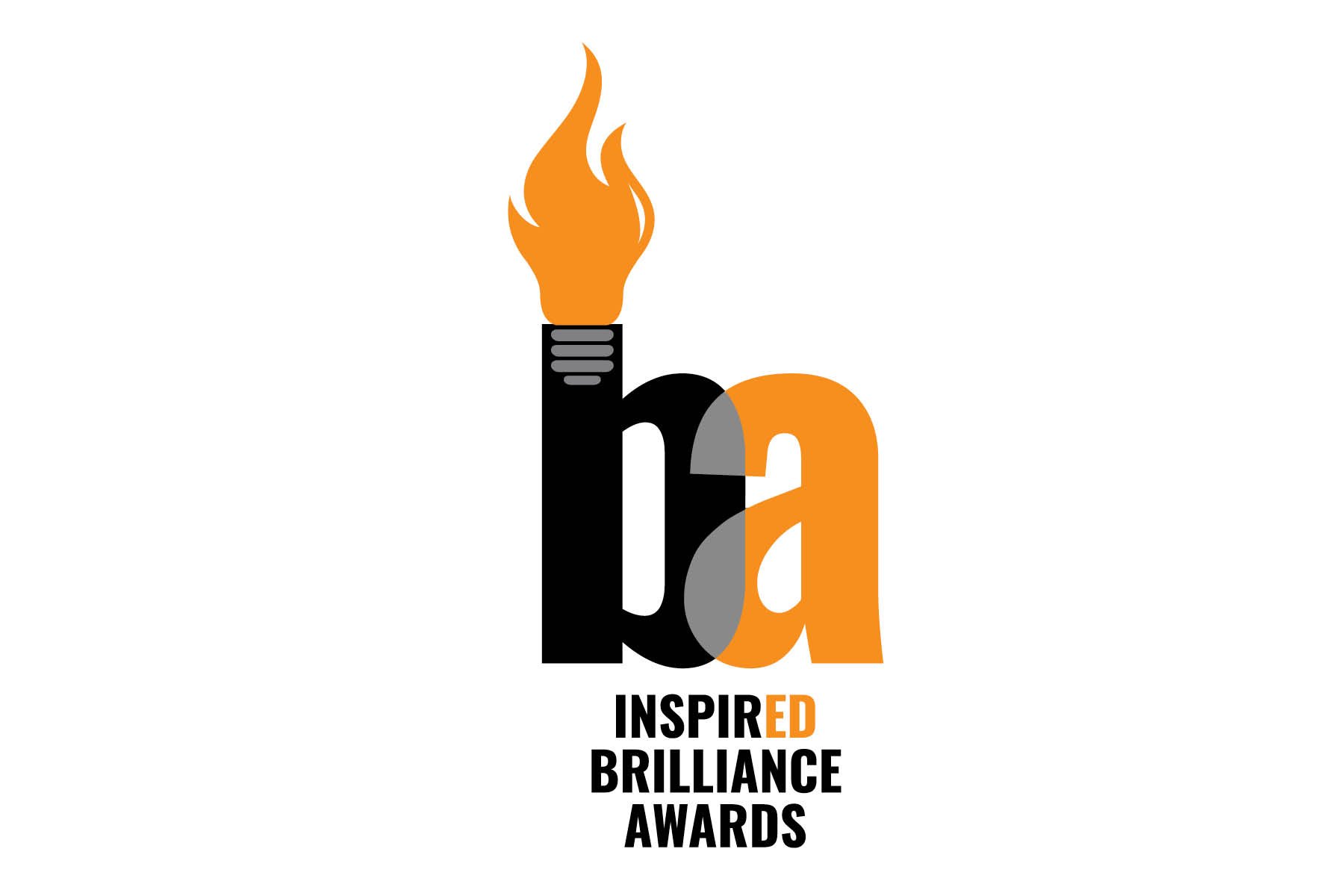Professional Photography is Expensive — and It’s Worth It: Part 1
/Updated September, 2024
Aldus PageMaker, circa 1986
Sometimes I show my age in my blog posts and this is one of those times. I’m old enough to remember when “desktop publishing” arrived. I was an Aldus PageMaker groupie. Everyone thought that this software would turn anyone into an expert graphic designer. Roger C. Parker, a pioneer in desktop publishing and design, and an educator, knew better.
“The quality of early desktop published documents was pretty low. The first-generation documents reflected by problems like the ‘ransom note school of design,’ which referred to using too many different typefaces and type sizes on each page," says Parker. "The problem was that the individuals and departments turning to PageMaker had no previous design or typesetting experience. Inadvertently, businesses were shooting themselves in the foot by delegating design and typesetting responsibilities to individuals who had never been exposed to the fundamentals of readable design. It was like surgery tools, like scalpels and anesthesia were being sold as do-it-yourself surgery kits!”
Pros vs. Well….You
There’s a parallel to PageMaker story in photography. Today, anyone with a smartphone can take a photo or video. Selfies, the family dog, best buddies on the beach, kids in a classroom, etc. These kinds of photos are old school “snapshots.” (They just aren’t printed on photo paper with a white border anymore.)
You can make the argument that there is someone around who is “pretty good” with a camera who will do the work for free. It’s hard to argue with free. I get it. But what happens when “pretty good” isn’t enough?
Let's do an exercise. Think of how you might take a photo of these situations at school with your phone (pretty good), and then I’ll show you how a professional does it (pretty awesome).
Aerials…Can You Even Do These At All?
Faculty-Student Relationships
Track Practice
Early Learner Fun
The Joy of Music
Pros vs. "Joes"
Sure, you and I could shoot these situations, but my images depicting the same subject would not look like these. This is the work of professionals who are in the InspirED Photographer and Filmmaker Guide. They reflect the photographer’s talent to frame, light, freeze, position and capture a moment in time. They reflect the quality of their equipment and their mastery of it. They each tell a story in a way that makes the viewer halt their eyes and become engrossed in the image.
This is photography for marketing and communications (MarCom). Not snapshots, not family portraits, not even event photography. Images for MarCom carry more weight in representing and extending the school’s brand, have more longevity, and present a greater potential for repurposing.
With photography used for MarCom, every second counts in reaching through the clutter and noise bombarding your audience. When an image draws them in, they are more likely to read the copy. I always said to my clients (and to the dismay of my writers), “Not everyone will read every word. But almost everyone looks at all the photos.” Indeed, a picture says 1,000 words.
“Invest in the Best Photography Your Budget Will Allow.”
“Photography really, really matters. This might be obvious, but it is an area where we, as schools, tend to either do it ourselves or do it ‘on the cheap.’ Whether working on printed or digital pieces, the photography tells the story — you are your pictures. It is a worthy investment, so to the extent possible, invest in the best photography the budget will allow. ”
What You’re Paying For
Professional photography is both art and science. You’re paying for the use of the photographer’s equipment and technical skills in using that equipment as well as post-production (editing, color correction, etc.). You’re paying for their professionalism, advice, organizational skills, business practices, expertise, and work ethic. You’re paying for their expertise in academic photography. You’re also paying for the least tangible but most important element, his or her “eye” or aesthetic, in crafting compelling visual stories about your specific school. Putting a price on these qualities is up to the photographer and is validated by their client list.
Read Part 2 Next...
If you like this post, you'll love our newsletter, the Daily Jolt. Sign up here.
Be sure to visit the Photographer and Filmmaker Guide for a list of stellar private school visual storytellers.





















Master Electrician, InspirED School Marketers
Master Electrician isn’t just a fun title for me. It’s how I feel about sparking school marketers to do their best work, connecting them to one another, and helping to make their jobs easier. After working with close to 100 schools in the firm I founded — Turnaround Marketing Communications — I realized that school marketers needed a place where they could find brilliant ideas and brain food and feel supported. InspirED School Marketers was born in 2013 to fill that void, and with the help of my fabulous Best Boy, Rob, we are on a quest to make InspirED a resource you can't live without.
Facebook LinkedIn